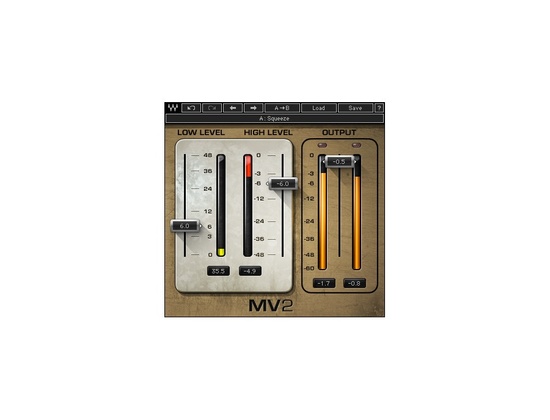

At a ratio of 2:1, if the input signal goes above the threshold by 2 dB, the compressor ‘fader’ will be yanked down so that the increase in output is just 1 dB at a ratio of 3:1, the increase in output will be just 1 dB for every 3 dB of input above the threshold and so on. How loud is too loud? That’s determined by the threshold setting whenever the signal exceeds the threshold you’ve set, attenuation occurs (that is, the ‘fader’ moves down).Īnd how much attenuation is needed? That’s determined by the compression ratio. The result: the track sounds more even and stable overall. Perhaps the easiest way to understand compression of any type is to think of it as an invisible mixing assistant, tasked with one, and only one job: Whenever a sound gets too loud, move its fader down (no, it doesn’t really move – we’re talking virtual here) to make it softer that is, ‘compress’ the sound so that the loudest sections aren’t quite so loud compared to the softest sections.

Multiband compression, though considerably more sophisticated than standard compression, carries the same double-edged sword: Used appropriately, it can perform sonic wonders, yet misused it can yield less than optimal results. Though renowned for adding punch and providing the ‘glue’ that holds mixes together, compression (and especially over-compression!) can sometimes do more harm than good if not applied correctly. It’s one of the most used yet least understood audio shaping techniques.

Find out what multiband compression is, get tips on how to choose different multiband compressors for different purposes – and learn some practical ways to use it in your mixing and mastering sessions.Ĭompression.


 0 kommentar(er)
0 kommentar(er)
